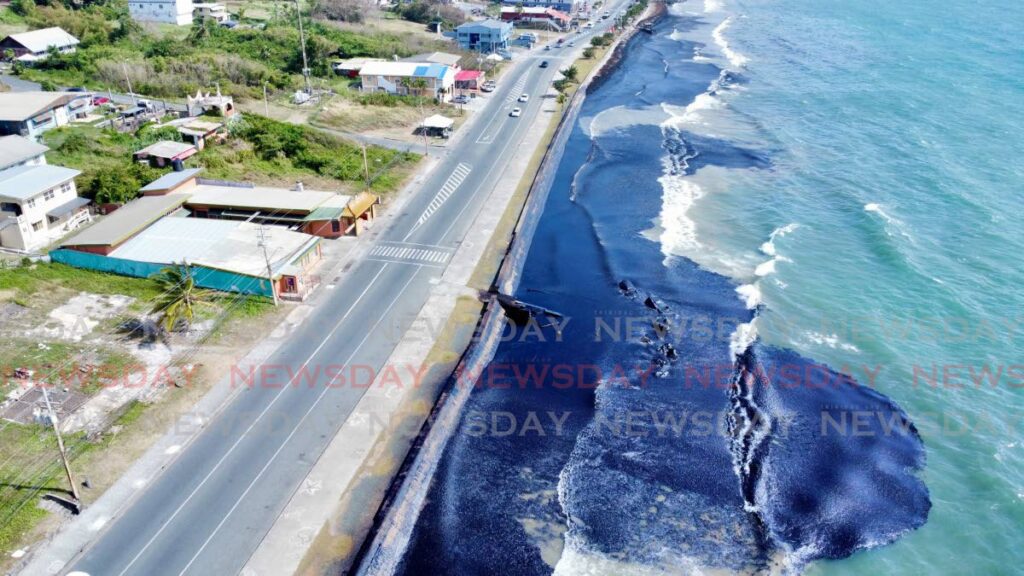Keep politics out oil spill crisis

In a statement to the House of Representatives on Friday, the Prime Minister denied a cover-up regarding the oil spill that began endangering Tobago on February 7.
In his statement, the PM emphasised the rapid response of the Government to a report from the Tobago Emergency Management Agency (TEMA) which included the immediate involvement of the Energy Ministry.
By February 11, the incident was declared a national emergency and assistance was offered to TEMA from all state agencies capable of mounting a containment response to the spill.
The PM specifically noted that, “I immediately directed that the relevant ministers not only assume their responsibilities but that they be physically present in Tobago as often as required in order to ensure that the functions of the Central Government are faithfully and comprehensively discharged to the people of Tobago, in conjunction and collaboration with the relevant officers in Tobago.”
According to the PM, there was no official attempt to take control of the situation and the incident response was led by TEMA and the Tobago House of Assembly.
A joint press conference, featuring the PM and the Chief Secretary was held on the afternoon of February 11, but clearly didn’t serve as a bridge over the troubled waters between the THA and the Government, even during an incident that constituted a national crisis. And a national crisis is what Tobago faced on the weekend before Carnival, as thousands of gallons of oil slick washed ashore and polluted the coast and subsea environment of the southwesterly heel of the country’s geographic “boot.”
It will take months to fully understand how this spill has damaged the underwater environment of Tobago as it spreads across the country’s Cove Reef and Flying Reef.
Testy leadership confrontations between the Government and the THA aren’t needed in the midst of managing this situation.
Doubly so, given the mystery of how the Gulfstream was abandoned and what happened to the Solo Creed, the tugboat towing it.
The incident resulted in the Gulfstream becoming a derelict vessel and subject to maritime laws regarding its abandonment, but before salvage, there is the question of the cost of remediating the damaged coastal and subsea environment.
Unfortunately, maritime law is complex and finding the owner of the polluting vessel is likely only be the start of efforts to seek recompense.
Testimony to that is the graveyard of abandoned vessels rusting to pieces in the Gulf of Paria that the Government can’t touch without permission of their owners, which occasionally pollute the sea and have remained a navigational hazard for decades.
Meeting the challenge posed by the Gulfstream wreck will demand nothing less than the coordinated and collaborative efforts of both the Government and the THA.


Comments
"Keep politics out oil spill crisis"